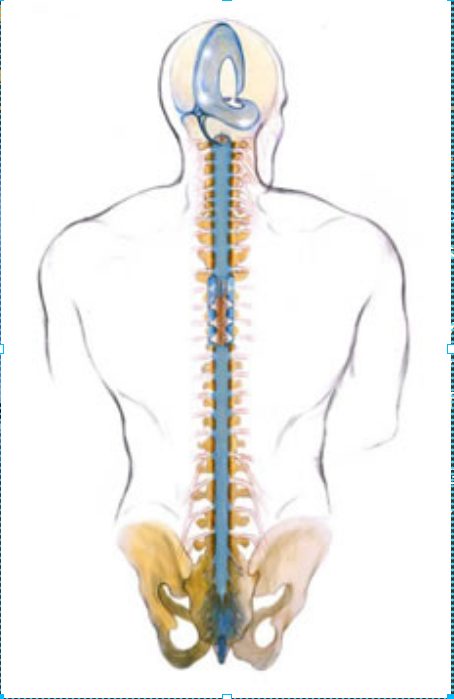
Biodynamic craniosacral therapy (BCST) has its foundations in osteopathy with William Garner Sutherland D.O. (1873-1954). He spent 50 years exploring and developing skills in relation to the human body and health. Through his continued research and practice, he observed subtle rhythmic pulsations that would ebb flow in and around the body that caused all the tissues of the body to respond with functional changes. He called this motion the “Tide.” Dr. Sutherland named this primary animating energy that is a fundamental function of health and human function, “the Breath of Life.”
BCST is another distinctly different approach to craniosacral therapy. The main defining concept of craniosacral biodynamics is its focus on the potency of the “breath of life” within the functions of the body. All healthy, living tissues of the body breathe the motion of life. This movement maintains the physiological and emotional health of the body through the circulating of life energy. Skilled sensitive hands can identify energy patterns of restriction and congestion in the body. Over time, these places of dis-ease, caused by stress, injury, or trauma, (emotional and/or physical) do compromise normal bodily function, mobility and attitude. Using respectful and gentle touch, the innate Health of the system can be awakened to restore health, balance, and normal functioning. Therapists that align to the Breath of Life and the fundamental health it communicates into the body, find that therapeutic change happens at deeper levels, creates more permeating results.
The human body is composed of complex streams of moving energy. When these energy streams become blocked or constricted, we lose the physical, emotional, and mental fluidity potentially available to us. If the blockage lasts long enough, the result is pain, discomfort, illness and distress.
Robert C. Fulford, D.O.
Recent Comments